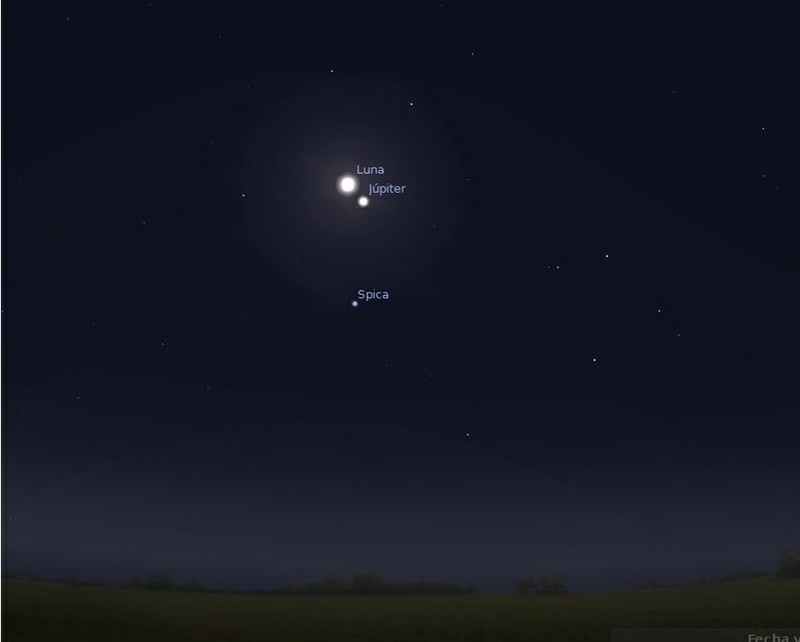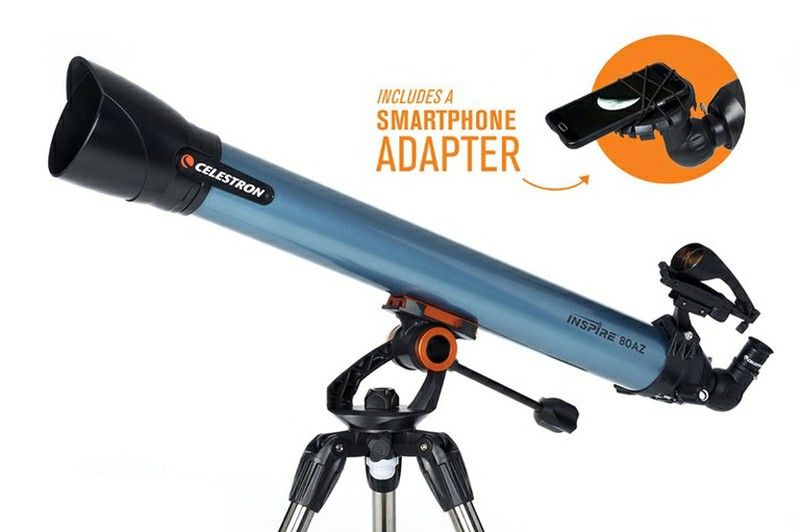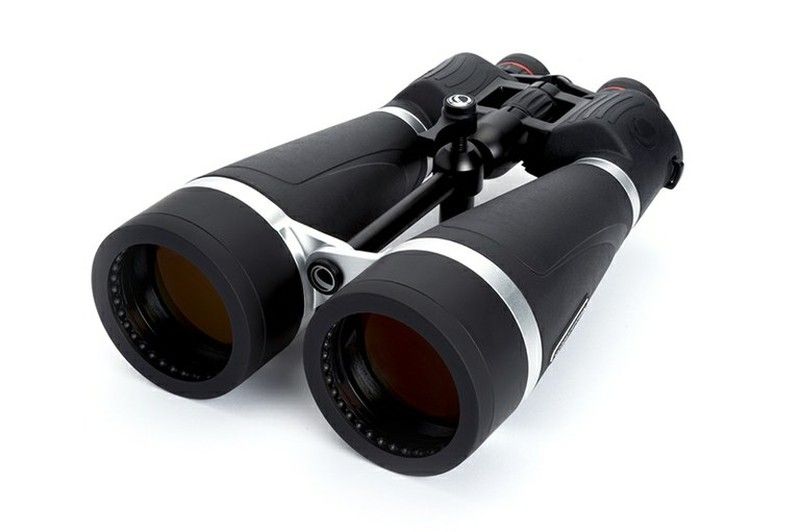Observing planets with the naked eye
In recent days we have seen a very bright point or "star" near the Moon, since it is Jupiter. Surprising for many, but available to everyone.

Everyone who observes the sky can distinguish stars brighter than others and some that stand out much more in the celestial panorama. Among these brightest stars are the largest planets closest to us: Mercury, Venus, Mars, Saturn and Jupiter.
Sometimes this observation attracts a lot of attention, and these days it is happening to us with jupiter just at sunset, where we see a very bright point near the Moon. It is at this time when we can best observe the planet with the naked eye or with binoculars.
For this purpose we recommend getting a simple but practical team:
- Celestial Planisphere
- Astronomical app
- Astronomical laser pointer
- Astronomical binoculars
These four objects will already allow us to make a very complete observation, locate ourselves in space and finally know how to locate not only the planets, but also the different stars and constellations.
Orientation and positioning is the first step, and this point is easier with a binocular than with a telescope. Not for having more increase we are going to get a better observation. For example, with a good astronomical binocular we will be able to see even Jupiter and its satellites, now, to distinguish the details, then we must observe with a telescope.
It may have been a mistake not to start the article here, but it is evident that before any observation we have to place ourselves on the calendar. The annual calendar will determine when we can better observe each of the celestial bodies, and for that the most important recommendation is to consult the astronomical guides or calendars.
An essential recommendation is the Sky Guide, which is published every year, in it we can find general explanations and then the astronomical calendar month by month and season by season. There we will find all kinds of explanations and indications on the observation of the moon, eclipses, planets and constellations.








Opinions of our clients
Receive our news